10 Must-Have Features of a Rewards Program Platform
In a competitive market where customers can easily switch brands, a strong rewards program can be the difference between fleeting attention and long-term loyalty. Businesses are realizing that a well-designed rewards platform is not just a marketing tactic; it’s a complete engagement strategy that turns casual shoppers into lifelong advocates. But to truly succeed, a rewards platform must include key features that balance technology, psychology, and user experience.
Here are the 10 must-have features that every modern rewards program platform should include to drive engagement and business growth.
1. Seamless Omnichannel Integration
Consumers now shop across multiple channels — online, in-store, through apps, and even via social media. A successful rewards program should recognize and reward customers across all these touchpoints.
Seamless omnichannel integration ensures that no matter how or where a customer interacts with your brand, their activity contributes to the same loyalty account. For example, if a customer buys online and later returns in-store, their points and rewards should stay perfectly synchronized.
Retailers like Starbucks and Nike have mastered this integration. Their apps connect online ordering, mobile payments, and in-store purchases into one consistent rewards experience. This level of convenience strengthens engagement and keeps customers within the brand’s ecosystem.
2. Flexible Reward Structures
One size does not fit all when it comes to loyalty programs. Modern consumers expect personalization and flexibility in how they earn and redeem rewards. A robust platform should allow for multiple types of rewards such as points, cashback, discounts, freebies, or even experiential benefits like early access or exclusive events.
Moreover, the earning rules should be flexible. For example, you might want to reward customers not only for purchases but also for referrals, social shares, reviews, or completing surveys. Flexibility ensures the program appeals to a wider range of motivations and keeps participation interesting.
3. Real-Time Tracking and Transparency
Customers want instant gratification. If they earn points or rewards, they want to see those reflected in real time. Delays or confusion can quickly erode trust and reduce participation.
A modern rewards platform should display live balances, recent transactions, and available rewards in a clear and transparent dashboard. It should also send instant notifications for points earned or milestones achieved.
Transparency builds confidence. When customers can easily track their progress and understand how the system works, they are more likely to stay engaged.
4. Personalization and Data-Driven Insights
A great rewards program is powered by data. Every interaction offers insights into customer behavior, preferences, and purchase history. When used responsibly, this data allows businesses to personalize offers and recommendations, making rewards feel genuinely valuable rather than generic.
Imagine a customer who frequently buys skincare products. Instead of sending them random coupons, the platform can offer targeted rewards like double points on their favorite brand or early access to new arrivals in that category.
Personalization makes the program feel more like a service than a sales tool. It strengthens the emotional connection between brand and consumer while also improving conversion rates.
5. Gamification and Engagement Mechanics
Earning points is good, but feeling accomplished is even better. Gamification adds excitement to the rewards experience by turning ordinary actions into fun, motivating challenges.
Elements such as badges, levels, progress bars, and leaderboards encourage friendly competition and reward milestones beyond purchases. Customers enjoy seeing their progress, comparing achievements, and unlocking exclusive benefits.
For instance, Sephora’s Beauty Insider program uses tiers that motivate customers to climb higher levels for more exclusive rewards. This approach not only keeps users active but also encourages repeat spending.
6. Mobile App Accessibility
With mobile devices dominating consumer behavior, having a dedicated rewards app is no longer optional. A user-friendly mobile interface gives customers instant access to their loyalty information, available offers, and personalized recommendations on the go.
Push notifications can alert users about expiring points, upcoming promotions, or exclusive deals nearby. Mobile apps also make scanning QR codes, redeeming points, or sharing referrals effortless.
If the app experience is smooth, responsive, and rewarding, it becomes a daily engagement tool rather than an occasional utility.
7. Easy Redemption and Reward Variety
Earning points should be exciting, but redeeming them should be even more satisfying. Complicated redemption processes can quickly frustrate users.
A must-have feature is frictionless redemption — allowing customers to use their points with minimal steps, both online and offline. Ideally, rewards should be redeemable directly at checkout or via a single tap in the app.
Equally important is offering a wide range of reward options. Some customers prefer monetary benefits like discounts, while others value experiences, digital gift cards, or charitable donations. The more diverse the redemption choices, the more inclusive the program becomes.
8. Strong Security and Privacy Controls
In an era of frequent data breaches, security is paramount. A loyalty platform stores sensitive customer data, including purchase history, contact information, and payment details. Any compromise can severely damage trust.
The system should comply with privacy laws such as GDPR or CCPA and use strong encryption to protect user data. Multi-factor authentication for customer logins and internal access controls for staff are also crucial.
Transparency in data handling helps customers feel confident that their information is safe and used only to improve their experience.
9. Integration with CRM and Marketing Tools
A rewards platform should not operate in isolation. It must integrate with the company’s broader marketing ecosystem, including CRM, email marketing, analytics, and customer support systems.
This connectivity ensures that all departments have a unified view of the customer journey. For example, if the CRM identifies a customer who hasn’t engaged for months, the marketing system can automatically trigger a re-engagement offer via the loyalty program.
Integration enhances both automation and personalization, leading to more consistent brand communication and higher lifetime value.
10. Advanced Analytics and Performance Reporting
Finally, the most powerful loyalty platforms deliver actionable insights through analytics. Businesses should be able to measure not only participation rates and redemption levels but also how loyalty influences revenue, retention, and customer satisfaction.
Dashboards should highlight trends like the most redeemed rewards, most active customer segments, and the correlation between engagement and purchase frequency. Predictive analytics can even forecast churn or identify the best customers to target for premium tiers.
When data drives decision-making, loyalty programs evolve intelligently instead of relying on guesswork.
Bringing It All Together
Building a loyalty program platform with these features requires a strategic blend of technology and psychology. The best programs go beyond rewarding transactions; they create experiences that customers want to be part of.
A truly effective rewards system integrates seamlessly across channels, adapts to individual preferences, and offers tangible as well as emotional benefits. It should make customers feel recognized, valued, and motivated to return.
As competition intensifies and consumers become more discerning, brands that invest in these ten core features will stand out. They’ll not only retain loyal customers but also transform them into passionate brand advocates who fuel long-term growth.

